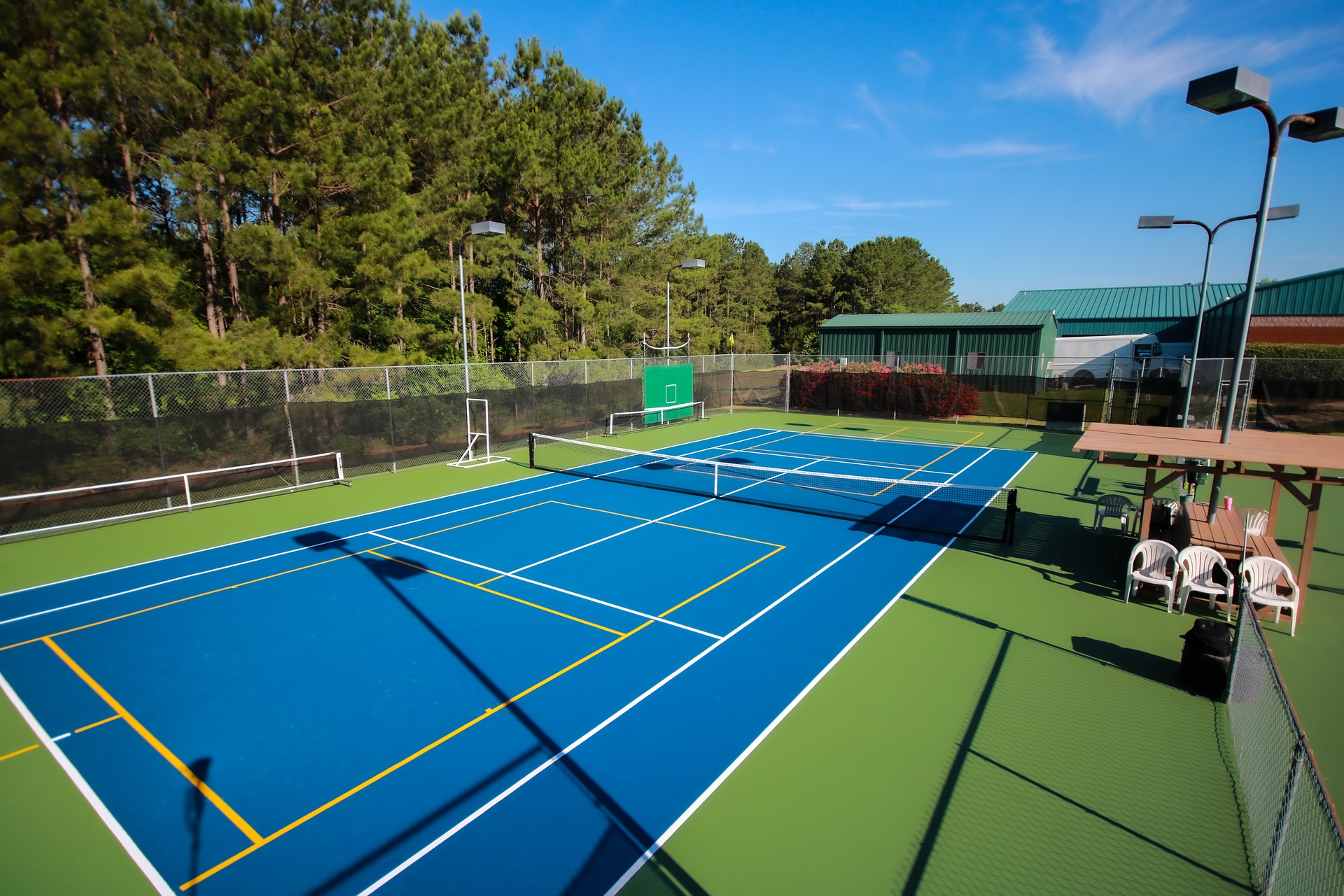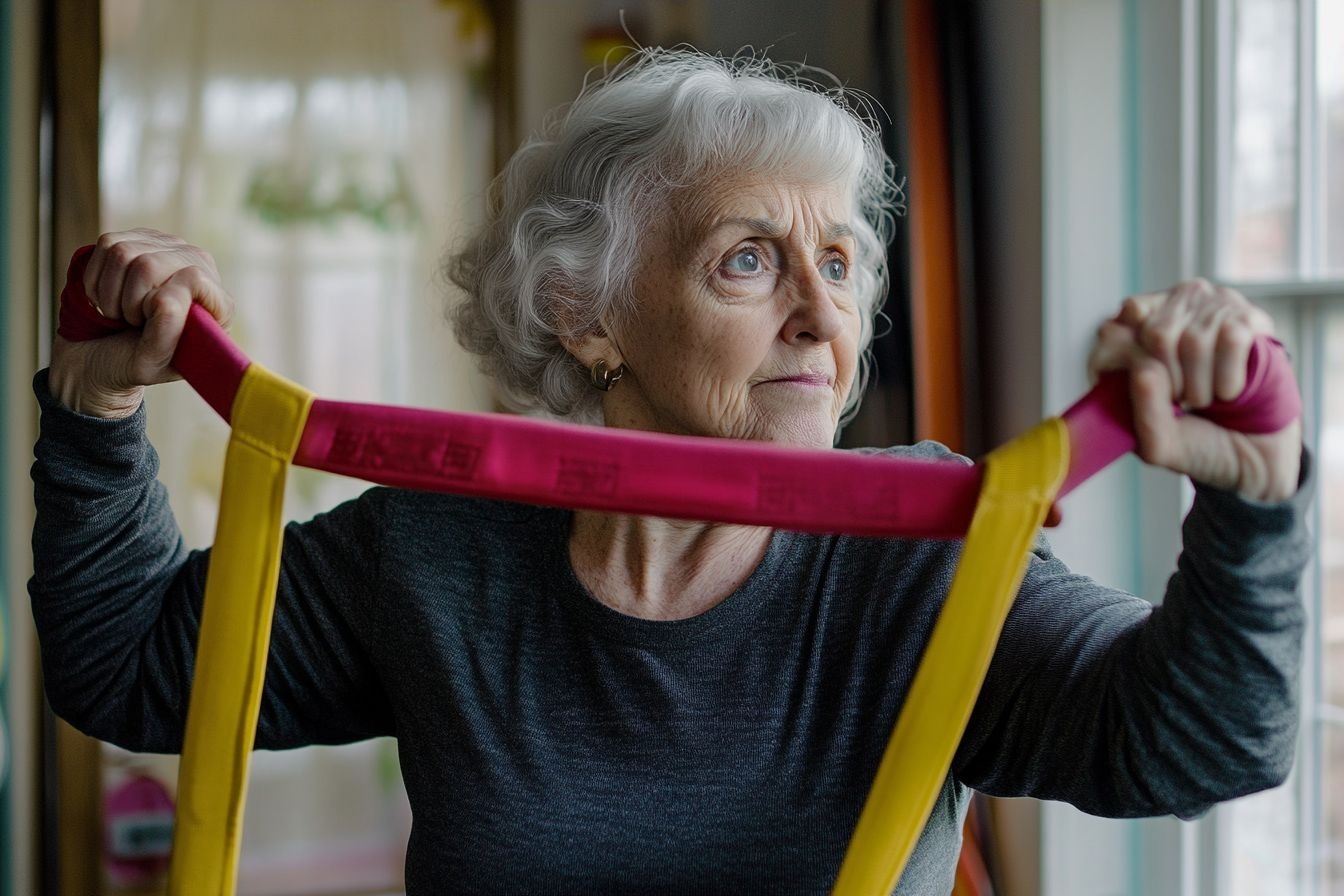Breaking Barriers: The Incredible Rise of Adaptive Sports
From the ashes of World War II, a new breed of athletes emerged—determined, resilient, and unyielding. These were not your typical sportsmen and women, but a unique cohort of individuals who have taken tragedy and turned it into triumph. This is the story of adaptive sports, a revolutionary movement that continues to redefine what it means to be an athlete.

Derived from rehabilitation programs designed for wounded soldiers, adaptive sports are competitive or recreational activities for people with physical disabilities. Boasting an incredible variety of disciplines, they offer an inspiring testament to human resilience and the power of sports to transform lives.
A Journey from Rehabilitation to Competition
The roots of adaptive sports can be traced back to the bleak aftermath of World War II. Thousands of soldiers returned home with life-changing injuries, prompting the need for innovative rehabilitation programs.
Sports were incorporated into these programs, providing a therapeutic outlet for the physically and emotionally scarred. The benefits were clear—improved physical fitness, increased confidence, and a sense of camaraderie. Soon, the idea of competitive sports for the disabled started to take shape.
In 1948, Dr. Ludwig Guttmann, a neurologist at Stoke Mandeville Hospital in the UK, organized the first Stoke Mandeville Games, an event for wheelchair athletes that coincided with the London Olympics. This marked the beginning of a new era, paving the way for the Paralympic Games, which have grown into a global phenomenon.
The Expanding World of Adaptive Sports
Today, the world of adaptive sports is diverse and continually evolving. It spans a range of disciplines, from wheelchair basketball and tennis to adaptive skiing and sailing. Each sport has been modified to accommodate various disabilities, ensuring that everyone, regardless of their physical condition, can experience the thrill of competition and the joy of physical activity.
Advancements in sports science and technology have played a significant role in this expansion. Prosthetic limbs and wheelchair designs have improved dramatically, allowing athletes to perform at higher levels and engage in sports that were once thought impossible for them.
The Impact of Adaptive Sports: More Than Just Competition
While the competitive aspect of adaptive sports is crucial, it’s the transformative effect on the athletes and society that truly sets them apart.
For the athletes, the benefits extend beyond the physical. Participating in sports improves mental health, boosts self-esteem, and fosters a sense of belonging. It offers an avenue for social interaction and a platform to showcase their abilities, defying societal stereotypes about disability in the process.
For society, adaptive sports promote inclusivity and challenge perceptions of disability. They showcase the remarkable capabilities of these athletes, shifting the focus from disability to ability.
The Future of Adaptive Sports
With growing recognition and support, the future of adaptive sports looks promising. The movement continues to push boundaries, encouraging more individuals to take part and explore their potential. There’s a growing emphasis on youth programs, ensuring the next generation of athletes can discover the transformative power of sports at an early age.
In terms of competition, the Paralympic Games continue to gain traction, attracting more spectators and media attention. This increased visibility is crucial, raising awareness and inspiring more people to get involved.
Conclusion
The rise of adaptive sports is indeed a testament to human resilience and the transformative power of sports. It’s a story of triumph over tragedy, of barriers broken and limits defied. As we look towards the future, one can only expect this inspiring narrative to continue, with more athletes discovering the liberating power of adaptive sports.






